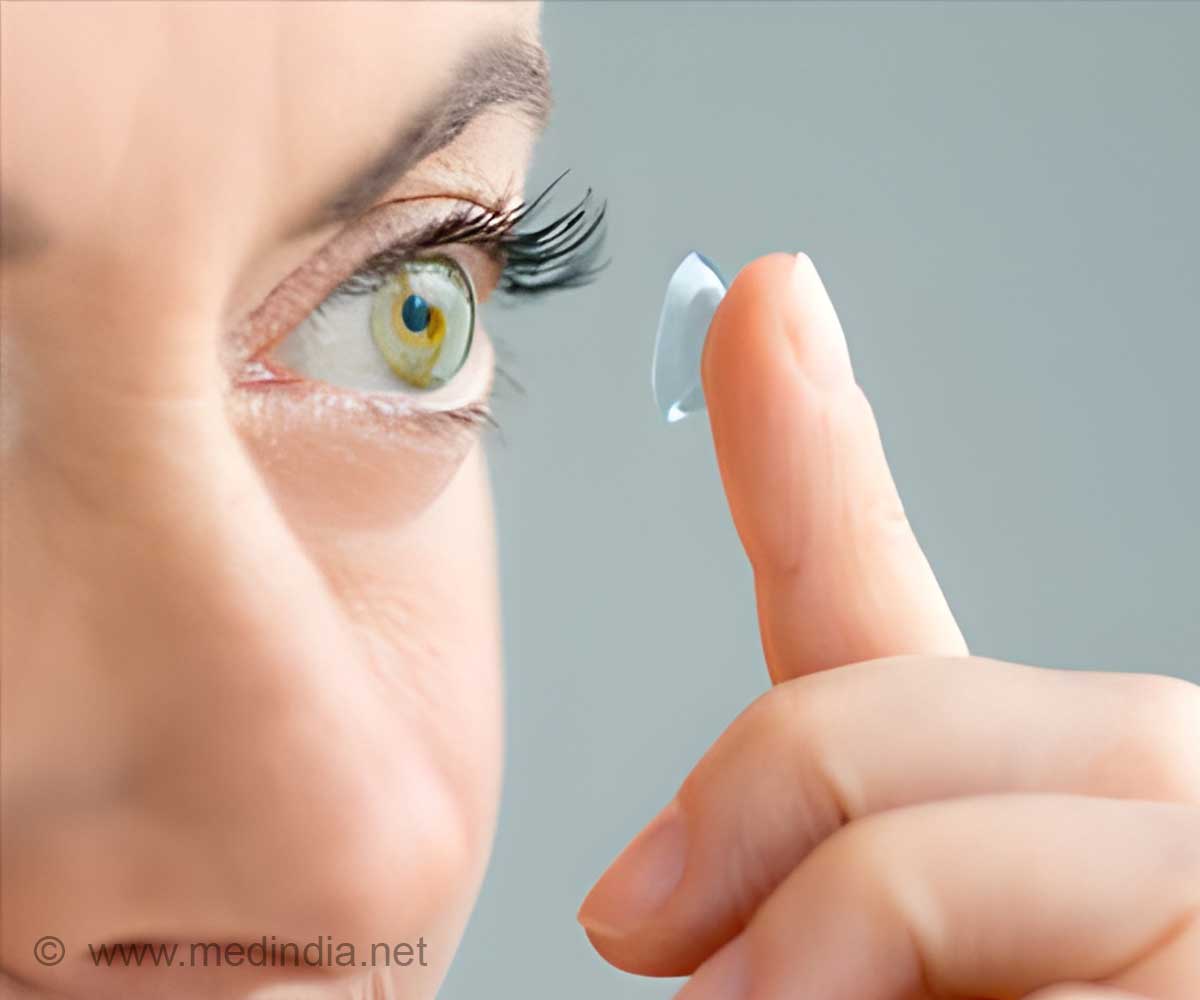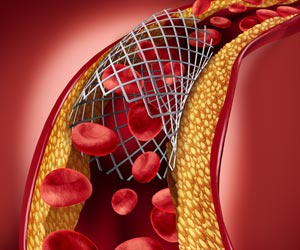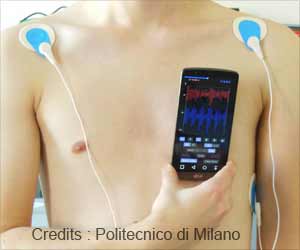Smart glasses with 'acoustic touch' are redefining object recognition for the visually impaired.

An investigation into the effectiveness of using acoustic touch to assist people who are blind
Go to source). In this study, the investigators explored the effectiveness of acoustic touch as an assistive tool for the visually impaired. As wearable smart glasses gain traction in the assistive technology industry, this breakthrough technique seeks to enhance object recognition, offering a unique auditory perspective on the world.
‘Smart glasses, equipped with an innovative "acoustic touch" feature inspired by human echolocation, are poised to transform the lives of blind and low-vision individuals.
#smartglass, #acoustic, #visualimpairement, #wearables
’





Wearable smart glasses represent a burgeoning technology in the realm of assistive devices, enabling individuals with various degrees of visual impairment to navigate their surroundings more effectively. These smart glasses typically harness computer vision and sensory data to translate the wearers' environments into synthesized speech, providing an audible description of what's around them.
Smart Glasses Redefine Object Recognition
Instead of relying solely on verbal descriptions, the team employed these glasses to "sonify" objects into distinct auditory icons, seamlessly integrating them into the wearer's auditory space as the objects come into view.To study the viability and user-friendliness of this innovative "acoustic touch" technique, the team developed a specialized device known as the "Foveated Audio Device."
This device aims to assist users in searching for, memorizing, and reaching objects in their surroundings. The rigorous evaluation involved 14 participants, including seven blind or low-vision individuals and seven blindfolded sighted participants serving as a control group.
In the investigation, the team compared the effectiveness of the wearable "Foveated Audio Device" to two idealized conditions: a verbal clock face description and a sequential audio presentation through external speakers.
Advertisement
Moreover, this innovative approach not only enhances object recognition but also offers a profound shift in how the visually impaired interact with their environment, ushering in a new era of assistive technology and accessibility.
Advertisement
- An investigation into the effectiveness of using acoustic touch to assist people who are blind - (https://journals.plos.org/plosone/article?id=10.1371/journal.pone.0290431)
Source-Eurekalert









